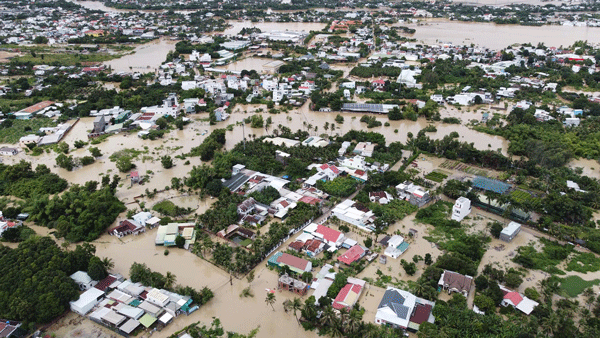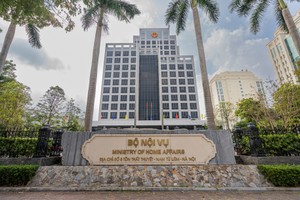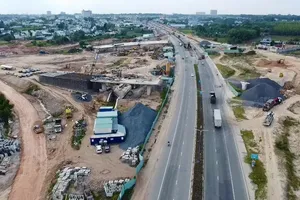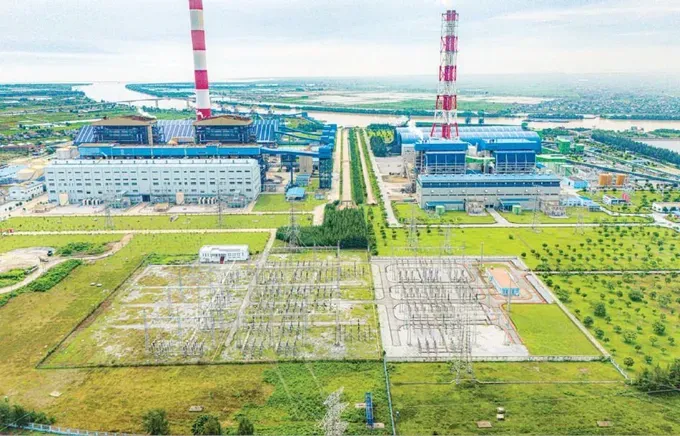
Major opportunity to promote development
Among the provinces of the Red River Delta, Hung Yen Province is unique for having no forests or mountains. It sits at the heart of the delta and within the Northern Key Economic Region. Its prime location, bordering five major provinces and cities includes Hanoi, Bac Ninh, Hai Duong, Thai Binh and Ha Nam with diverse transport network giving it favorable conditions for industrial and logistical development.
Hung Yen Province is also renowned for its high-value specialty crops, such as the famous longan, Dong Tao chicken, and various citrus fruits, with thousands of hectares dedicated to VietGAP and organic farming.
Thai Binh Province, meanwhile, has long been celebrated as the “rice basket” of the North. The province has established vast, concentrated commodity production zones spanning 11,000 hectares, involving 270 and over 20 enterprises in large-scale inter-provincial value chains.
It is also pioneering sustainable farming, including reduced-emission rice cultivation on over 5,000 hectares. Crucially, Thai Binh Province possesses a strong maritime economy, with a 52km coastline, five major river mouths, and over 16,000 hectares of tidal flats ideal for aquaculture.
Post-merger, the new Hung Yen Province will have a natural area of approximately 2,509km² and a population exceeding 3 million, creating a large domestic market and significant scale advantages. Local business owners in all sectors have expressed strong support.
Shrimp farmer Do Quang Bon from Thai Thuong Commune of Thai Thuy District in Thai Binh Province shared, “Our farm of 5.5ha has doubled its annual crops. The merger will greatly enhance cooperation in product sales and help expand our production area.”
Similarly, Pham Cong Bac from Trai Trang Commune of Yen My District in Hung Yen Province remarked, “This policy aligns with the people’s wishes and opens many opportunities for the next generation. It’s a combination of our history, culture, and resources that will unlock our region’s true potential.”
Proposed 10-lane highway from Hung Yen to Thai Binh
During a recent working session, Prime Minister Pham Minh Chinh proposed that Thai Binh Province and relevant ministries immediately study the construction of a new 10-lane expressway. This direct route would connect Hung Yen City to Thai Binh City, linking up with the major expressways of Hanoi – Hai Phong, Phap Van – Cau Gie, and Ninh Binh – Hai Phong.
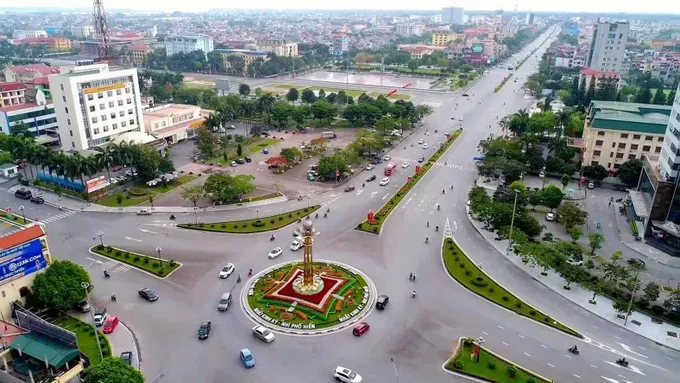
Reshaping infrastructure
A key factor in transforming the new Hung Yen Province into an economic hub is investment in transport and urban infrastructure. While the current Hung Yen Province has a dense road network, Thai Binh Province lacks direct expressway access. The merger aims to create a “super-province” in the Red River Delta, combining Hung Yen’s status as a southeastern gateway to the capital with Thai Binh’s position as a coastal gateway with waterway and seaport advantages.
Economist Vu Dinh Anh notes that the merger will spur the development of a transport axis through Hung Yen, Hai Duong, and Thai Binh, creating a more effective cross-regional logistics network. However, he also points to current bottlenecks, such as congestion on National Highway 39, Trieu Duong Bridge, and National Highway 38B.
Deputy Minister of Construction Nguyen Danh Huy confirmed that major transport projects are planned for the region. The national railway master plan includes a 101km coastal line connecting Nam Dinh – Thai Binh – Hai Phong City – Quang Ninh, slated for investment post-2030 to accommodate the needs of 3.5 million passengers and 2.5 tonnes of freight per year.
In the interim, the Government is accelerating the development of the Nam Dinh – Thai Binh – Hai Phong – Quang Ninh Expressway. Experts predict the merger will make these large-scale transport projects more attractive to investors and facilitate the mobilization of central government capital.
Dr Huynh Thanh Dien commented that prolonged administrative fragmentation is hindering the development of the Northern region. Merging provinces is a strategic step to comprehensively restructure regional relations, from intra-provincial spatial organization to inter-provincial linkages and the reshaping of the core-satellite dynamic.
The new, larger provinces will facilitate the reconstruction of urban, industrial, and logistics chains in a tiered model, forming a network at three levels: intra-provincial (functional specialization), peer-level (along dynamic corridors), and central-satellite (building a polycentric, radiating capital region).
For instance, various mergers could create specialized development axes for logistics and tourism, or multi-center clusters for industry and renewable energy. The relationship between Hanoi and its satellite provinces will be redefined, forming a “capital super-region” for logistics and seaports with international competitiveness.





